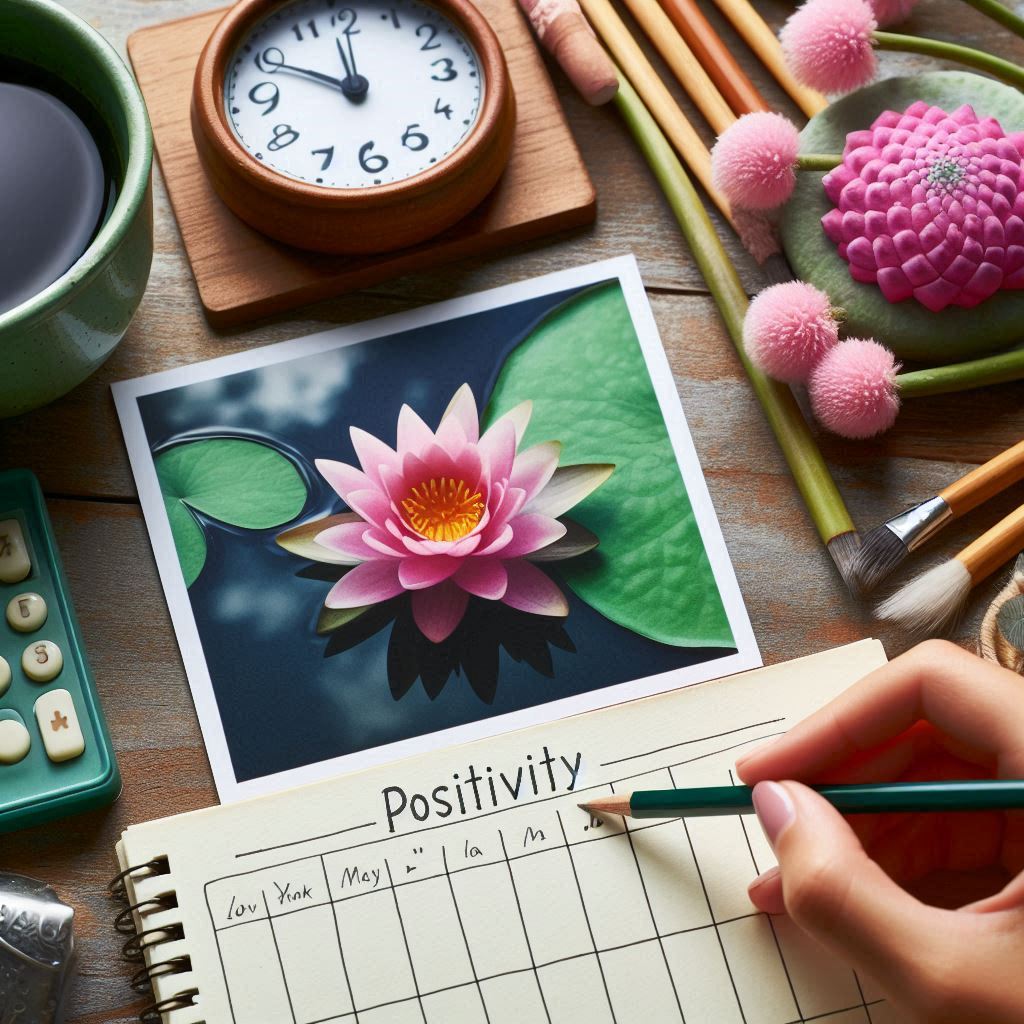How to Practice Warrior II Pose (Virabhadrasana II)
- Start in Tadasana (Mountain Pose): Begin by standing tall with your feet together, arms by your sides. Ground through all four corners of your feet and engage your core.
- Step Back: Step your left foot back about 3-4 feet, creating a comfortable stance width. Turn your left foot outward approximately 90 degrees so that it's parallel to the short edge of your mat. Your right foot should point forward toward the front of your mat.
- Align Your Feet: Position your heel-to-heel alignment or slightly offset with the back heel behind the front. Make sure your right heel is aligned with the arch of your left foot.
- Bend Your Front Knee: Bend your right knee to a 90-degree angle, ensuring that your knee tracks directly over your ankle and doesn't extend beyond your toes. Keep your left leg strong and straight.
- Extend Your Arms: Extend your arms out to the sides, parallel to the floor, with your palms facing down. Reach actively through your fingertips while keeping your shoulders relaxed and away from your ears.
- Open Your Hips and Chest: Turn your torso to face the side of your mat while keeping your hips as squared as possible to the side. Your chest should be open and facing the same direction as your hips.
- Set Your Gaze: Gaze forward over your right fingertips, keeping your neck in a neutral position and your face relaxed.
- Hold and Breathe: Maintain the pose for 30 seconds to 1 minute, breathing deeply and evenly. With practice, you can extend the hold time.
- Release and Repeat: To release, straighten your front leg and turn your feet forward. Repeat on the opposite side to balance the body by stepping your right foot back and turning your right foot out 90 degrees.

